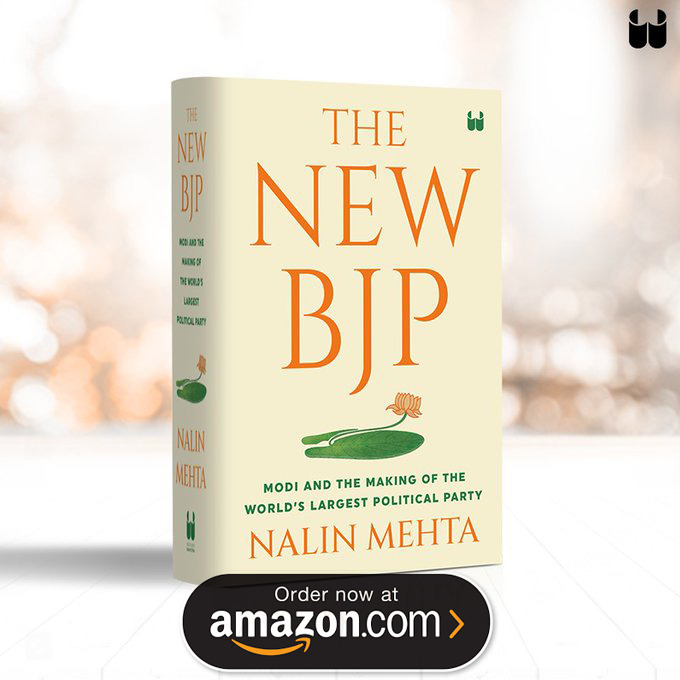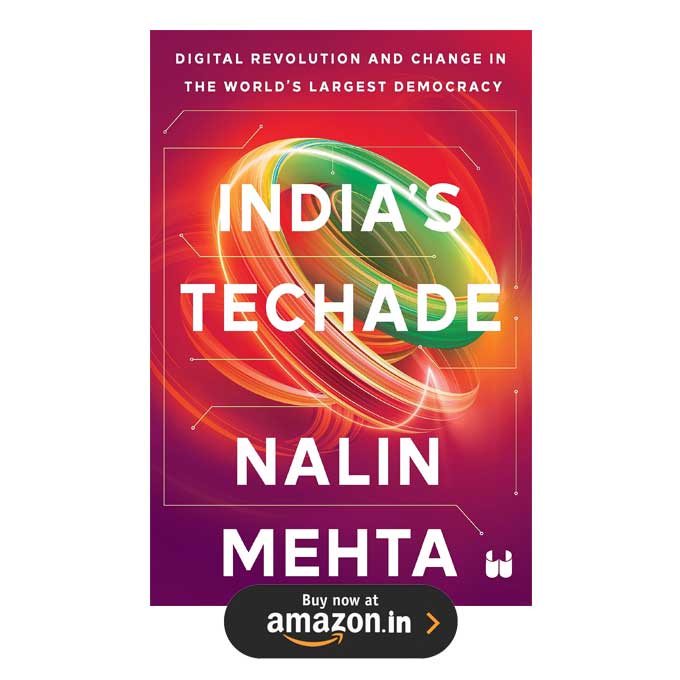On the morning of December 23, 2007, as Narendra Modi celebrated his second triumph in Gujarat, the street outside the BJP’s Ahmedabad office overflowed with delirious supporters wearing the now ubiquitous Modi masks. As the masked men pranced before the TV cameras in a surreal celebration of Moditva, the obvious question was — when would the masks travel to Delhi?
In an era of coalition politics, Modi’s biggest problem has been the stain of the 2002 Gujarat riots. Ever since that violence, Modi has been the great political untouchable, even those among the BJP’s allies who admire his developmental record, shy away from political association with him. The ominous shadow of the riots, though, seems to be melting away now. In that sense, Ratan Tata’s public certificate to the Gujarat Chief Minister last week was hugely significant. Mauled by Mamata Bannerjee, the scion of India’s most philanthropic business house did more than just roll the Nano into Gujarat.
Standing shoulder to shoulder with Modi, he made it a point to mention that the pact “on the seventh anniversary of the chief minister’s leadership makes it a special occasion” for him. This was more than business as usual. At one level, it points to Modi’s grand success in courting big business. The wooing of Tata began with a personal SMS from the chief minister —”Welcome to Gujarat” — as soon as the Singur problems started. At a deeper level though, Tata’s approval of Modi’s rule reflects the mainstreaming of Brand Modi.
While much of corporate India, fearful of losing investments, stood silently by Modi even during the darkest days of the riots, public statements of support for the chief minister’s governance were hard to come by. Now though, as the memory of 2002 recedes into the background and Modi tom-toms his development record, more and more public figures are finding it acceptable to align themselves alongside him. A combination of smart image-management and a hardheaded focus on economic development have brought Modi to a point where he now stands poised for a foray outside his pocket borough of Gujarat. It is telling that ever since the 2002 victory, Modi has always chosen to ignore questions about the riots — remember the walkout from Karan Thapar’s interview — focusing instead on the other aspects of Moditva: a heavy bent on development, a tough line on terror (read Muslims) and a unique blend of combative personality politics.
Super-conscious about his legacy, Modi spent his first five years in power keeping aloof from the national media and its obvious questions. The only exception was the HT Media summit and the last phase of the 2007 election, with his references to Sohrabuddin after Sonia Gandhi once again raised the spectre of 2002. In that instance, it ended up playing to his political advantage. After his second triumph, however, the Gujarat chief minister has once again begun to court the national press in a big way, focusing almost exclusively on his governance record. The chief minister’s official website tellingly promotes him as “a manager with a vision” and projects the international awards his government has won, including those from the World Bank, UNESCO and the UN Sasakawa Award for environmentalism.
Modi has successfully marketed himself as a man the world can do business with, the US visa refusal notwithstanding. As the rest of India looks enviously at Gujarat’s spanking new roads and power sector reforms, it is easy to forget the larger model of authoritarian development it offers. What also works for Modi is the current climate of distrust and the renewed focus on what is being called the “Muslim question”.
In Modi’s favour is also the fact that he alone among the BJP’s Gen Next is a proven mass leader, having delivered Gujarat for an unprecedented fourth consecutive term. Rajnath Singh still lives with delusions of grandeur but has never been able to dispel the dark clouds of the UP debacle; Arun Jaitley is a proven poll strategist but is yet to fight anything other than a student election; Venkaiah Naidu last fought a Vidhan Sabha election in 1985; Sushma Swaraj is a proven vote catcher but has been in the Rajya Sabha since 2000.
The fact is that Modi is already seen by much of the rank and file of the BJP as the next great saviour. The only question is if the rest of India will see it that way. His past appearances in states like Maharashtra have been well received, drawing huge crowds but then again, he has drawn a lukewarm response in Uttar Pradesh. In the end, Modi’s political future will depend on whether India can forget 2002 or not.
Historically, no major Indian political leader associated with a riot has ever had to pay a heavy political price — the Shiv Sena won elections in Maharashtra after the 1992-93 riots — but no such political leader has ever had a shot at the throne of Delhi either. Five years from now, is it too far fetched to imagine a Rahul Gandhi-Narendra Modi battle at the hustings? If it does come to that, it will be a test for the idea of India as never before.
The writer is the author of ‘India on Television: How Satellite News Channels Changed the Way We Think and Act’

